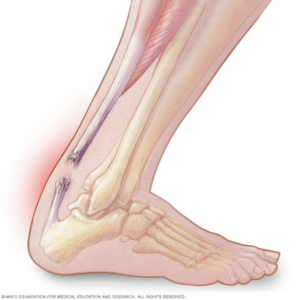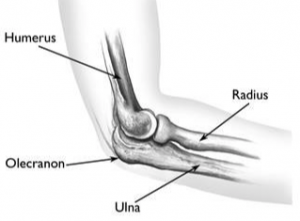On June 10, Kevin Durant ruptured his right Achilles tendon during the second quarter of Game 5 of the NBA Finals. The injury came after Durant missing nine playoff games due to a strained calf on the same leg from May 8. He underwent surgery on June 12. Durant was cleared by the team’s medical staff to play Game 5. According to Warriors Head Coach Steve Kerr, the team did not believe it was putting Durant at risk for further injury.

The Achilles tendon connects the calf muscle to the heel bone. It is the largest and strongest tendon in the body. Blood flow through the tendon is poor, which may make the tendon susceptible to tearing and also slow its healing. Achilles tendon injuries often occur following an abrupt increase in activity or intensity, such as a return to competition after weeks of not playing in Durant’s case.
There is speculation that what was diagnosed as a calf strain on May 8 might actually have been Achilles tendinopathy. The Warriors organization has not yet released a timetable for Durant’s return to play. Generally, eight months is the quickest recovery time among NBA players after an Achilles rupture. Durant’s teammate DeMarcus Cousins also had an Achilles tendon rupture in January 2018. Cousins needed almost an entire year to recover enough to return to play.

